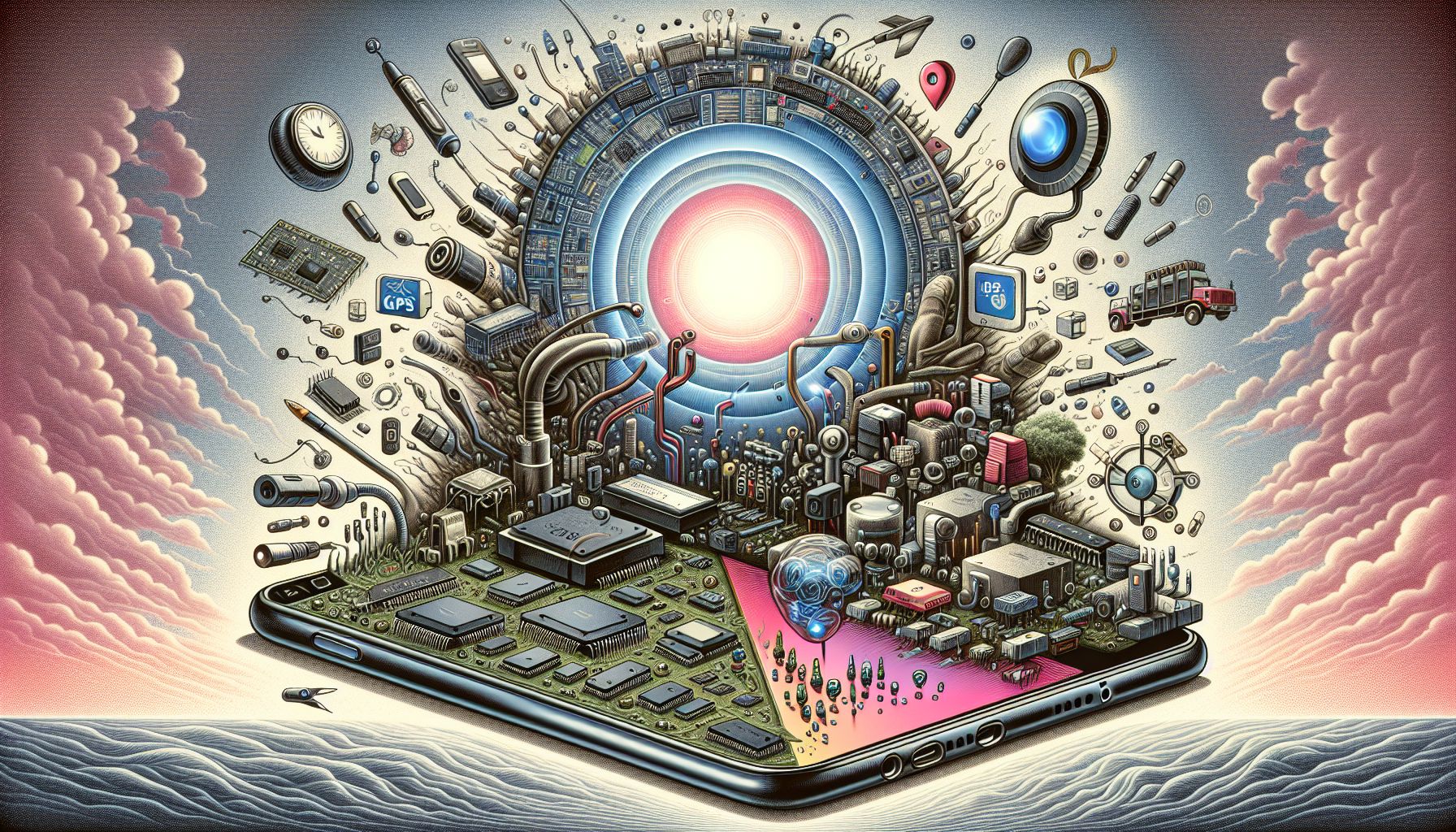📌 Let’s explore the topic in depth and see what insights we can uncover.
⚡ “Believe it or not, your precious smartphone is a descendant of a 1973 brick-like device that could only make calls. Let’s take a journey back to understand how we got from that, to the powerful mini-computer in your pocket today.”
In the realm of technological innovation, few inventions have been as transformative as the smartphone. These pocket-sized computers have not only changed how we communicate but also how we live our daily lives. From banking to health monitoring, from shopping to education, our lives have been profoundly changed by these devices. But have you ever wondered how the smartphone came to be? How did we transition from bulky rotary phones to sleek touchscreen devices?
In this blog post, we’ll take a journey back in time and delve into the technological genesis of the smartphone. We’ll trace the evolution of this device from its humble beginnings to its current state, and glimpse into what the future could possibly hold for this technology. So, buckle up and prepare for a fascinating ride through the history of the smartphone!
🏗️ The Foundation: Early Mobile Phone Technology

"Unveiling the Genesis: The Smartphone's Technological Birth"
Before we can fully appreciate the smartphone, we must first understand its predecessor - the mobile phone. The first mobile phones were far from the compact devices we know today. They were bulky, heavy, and had a very limited range. The Motorola DynaTAC 8000X, launched in 1983, is often considered the first truly mobile phone. It was a massive device, weighing in at 1.75 pounds and measuring 13 inches long. It cost a whopping $3,995 — equivalent to nearly $10,000 today! These early mobile phones were only capable of making and receiving calls, and their battery life was incredibly short. However, they laid the groundwork for the technological advances that would eventually lead to the creation of the smartphone.
💡 The Idea: Conceptualizing the Smartphone
The concept of a smartphone — a device that could seamlessly integrate telephony with computing — was born out of a desire to make technology more portable and accessible. The idea was to create a device that could do more than just make phone calls. It would be a personal organizer, an entertainment system, and a communication device all rolled into one. The term “smartphone” was first used in 1995 by Ericsson with their concept device, the GS88, also known as “Penelope.” However, the first device that embodied the idea of a smartphone was IBM’s Simon Personal Communicator, launched in 1994. Simon was not just a mobile phone; it also had a touchscreen (albeit a monochrome one) and could send and receive faxes, emails and cellular pages. It could also run simple applications like a calendar, calculator, notepad, and a sketch pad.
🚀 The Launch: The First Modern Smartphone
Though Simon was the first to embody the concept of a smartphone, the first modern smartphone as we know it today was the Nokia Communicator (9000 series), launched in 1996. The Communicator series combined the features of a mobile phone and a personal digital assistant (PDA). It sported a full QWERTY keyboard and could send and receive faxes and emails, browse the web, and even work on office documents. However, it wasn’t until 2007 that the smartphone truly became a household name. The Apple iPhone, introduced by Steve Jobs, revolutionized the mobile phone industry with its sleek design, intuitive user interface, and a multi-touch screen that replaced traditional keypads. The iPhone also introduced the concept of an app store, where users could download and install a wide variety of applications onto their devices.
🌐 The Evolution: From iPhone to Android and Beyond
The launch of the iPhone sparked a technological revolution, and soon other tech giants jumped on the bandwagon. Google introduced the Android platform in 2008 which was embraced by manufacturers like Samsung, HTC, and Motorola. Unlike Apple’s closed ecosystem, Android was open-source, allowing for more flexibility and customization. Since then, smartphones have evolved at a breathtaking pace. They have become slimmer, faster, and more powerful. They now have high-resolution cameras, large and vibrant displays, biometric security features, and massive amounts of storage. Connectivity options have expanded from 2G to 3G, 4G and now 5G, making internet access faster and more reliable. Smartphones have also become more than just communication devices. 🧩 As for They, they’re now our personal assistants, health trackers, gaming consoles, and virtual reality devices. They have also paved the way for new technologies like augmented reality and the internet of things.
🧭 Conclusion: Reflecting on the Smartphone Revolution
From the clunky devices of the 1980s to the sleek, powerful gadgets of today, the journey of the smartphone is a testament to human ingenuity and innovation. It’s a story of how technology has evolved to become an integral part of our lives, changing not only how we communicate but also how we work, play, learn, and even how we think. As we trace the path of this technological marvel, it’s fascinating to imagine what the future holds for smartphones. With advancements in AI, AR/VR, and 5G technology, one thing is for certain: the smartphone revolution is far from over. Whether you’re a tech enthusiast or just someone who appreciates the convenience of checking emails, browsing the web, and capturing precious moments with a device that fits in your pocket, the history of the smartphone is a story that deserves to be told. After all, by understanding where we’ve come from, we can better appreciate where we are — and anticipate where we’re heading. 🚀
🌐 Thanks for reading — more tech trends coming soon!
